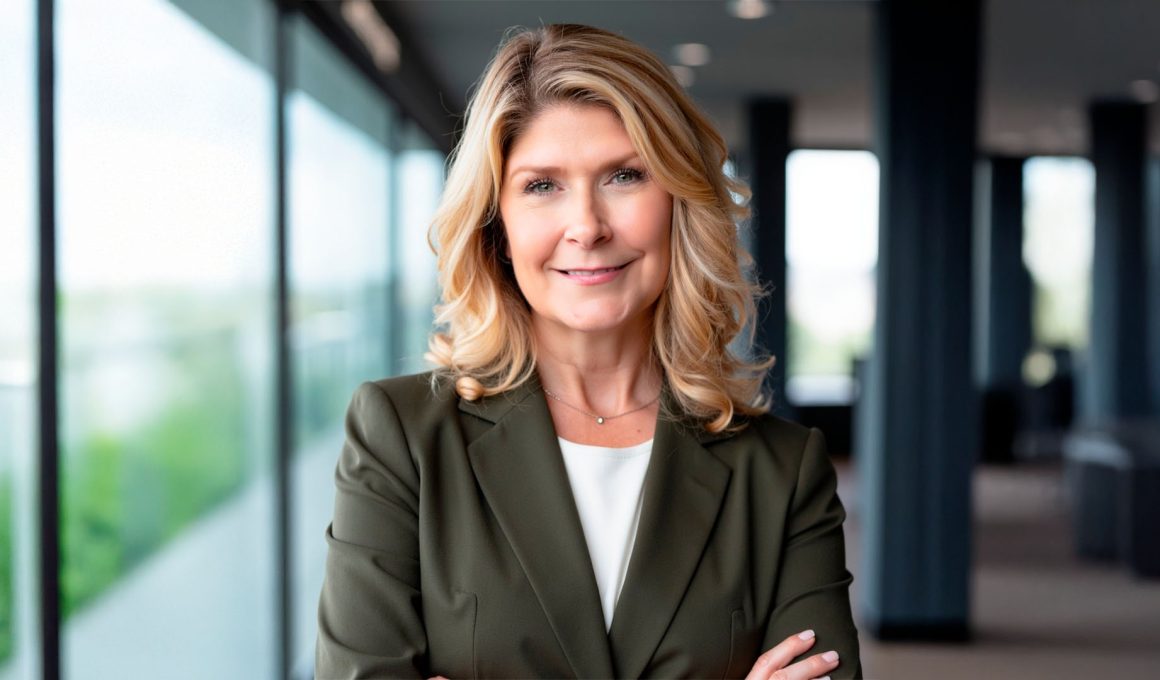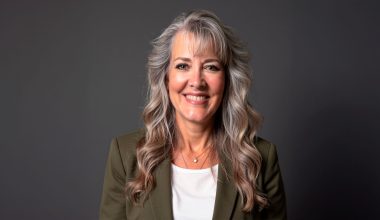Executive burnout hits leaders differently than it used to. Where once a demanding schedule might have been worn as a badge of honor, today’s leaders face fragmented attention from endless external pressures. Rhonda Parmer, who transitioned from school assistant superintendent to executive coach, discovered this reality through her own challenging experience and now helps other executives navigate transformational growth without losing themselves in the process.
Learning Leadership Through Personal Trials
Parmer’s coaching philosophy didn’t emerge from textbooks or seminars. It came from a wake-up call during her first year as a principal, at the age of 33. “I started my first year as principal, and all through my career of teaching and advancing, I thought I was the one doing all of this,” she recalls. “I got things done and didn’t really notice or acknowledge the people who were helping me behind the scenes or right next door.” That changed when she received a double cancer diagnosis within the first six weeks of school. “What was more frightening than facing the medical treatments was the possibility that I would have to tell people I needed help.” The woman who had built her career on self-reliance found herself practicing conversations with her husband about asking for assistance. “We were role-playing in our living room,” she admits. This personal crisis became the foundation for her coaching approach. She now targets leaders who think they’re handling everything alone, which usually means they’re doing tasks they shouldn’t be doing while missing the talent around them.
Understanding Why Leaders Stay Stuck
Working with underperforming schools taught Parmer something crucial about belief systems. “The pattern that emerged was a belief system that this place is low performing because we don’t really believe anybody can do anything, from the students to the teachers, even all the way to the administration,” she explains. When she dug deeper, she found that successful and struggling schools had similar resources and challenges. The difference was an internal, not an external, belief.
This pattern repeats in corporate environments. “Most of the time, regardless of what sector you’re in, a leader has put their own standards on themselves, but they’ve projected that to be what they feel are the expectations of everyone else,” Parmer observes. Leaders create pressure for themselves, then assume everyone else expects the same impossible standards. The real job of leadership looks different from what many executives think. “The real job of the leaders is to take care of other people so they can do their work effectively, hire the best talent for those roles, and then maintain them with autonomy and inspiration,” she says. Too many leaders get caught up doing work that others could handle while neglecting the vision-casting that only they can provide.
Building Habits to Prevent Burnout
Parmer developed what she calls a practical system for preventing executive burnout. “I do have three practical strategies and they’re called blocks, clocks and socks,” she says, acknowledging how straightforward it sounds.
- Blocks – “Block out your time on your calendar,” she starts, emphasizing advanced planning. “If we look a month in advance and block out one hour a day or two hours a day, that is protected time to get the projects done that only they can work on.” Without this protection, electronic calendars become open season for anyone wanting to schedule meetings.
- Clocks – The “clocks” part addresses a cultural problem she sees everywhere. “You want to be able to leave on time,” Parmer notes. “We’ve gotten into a culture where we feel the leader who worked 10, 12, 14-hour days is somehow a hero. And I say no.” Her perspective on this point comes from experience. Leaders who consistently work excessive hours are either managing time poorly or avoiding something else entirely.
- Socks – “Socks” represents the simplest but often most neglected piece. “When you finally do get home or on the weekend, kick off your shoes and do something fun. Even if it’s just walking around outside barefoot, get grounded back in reality.” The physical act of removing work shoes becomes a mental transition to personal time.
Keeping Leadership Centered on Human Connection
Remote work and AI tools have changed how Parmer coaches executives, mainly for the better. Virtual coaching offers more privacy, eliminating the stigma associated with having a coach visit the office. “The rest of the group doesn’t see me coming in, going, oh, well, it’s time for Sheila to get her coaching,” she explains. She’s also helping leaders use AI for routine tasks such as employee evaluations. “Get on AI, look at what your company’s goals are, punch them in and say, give me 10 glowing reviews and 10 growing reviews,” she suggests. This is the starting point, and it becomes real when actual evidence of success and growth is woven into the feedback to provide genuine insights. While technology helps, it cannot replace the human connection that drives authentic leadership. “As far as leading teams, it’s still going to be about the human connection. And individuals want to be noticed,” Parmer emphasises. “Everyone wants a pat on the back. Everyone wants to be recognized. Some of them don’t need it as often.” Even the strongest employees who claim they do not need recognition often do in reality, she notes.
Parmer’s approach centers on helping leaders realize they’re not doing everything alone, even when it feels that way. She observes that leaders who consistently overwork are often either mismanaging their time or using work as a means to avoid other pressures. The transformation she seeks is moving leaders from thinking they must do everything to understanding their role as guides who develop others to take their place eventually. Her approach is practical, confidential, and focused on progress rather than perfection. If you are feeling stretched, there is a straightforward path back to sustainable performance and transformational leadership.
Connect with Rhonda Parmer on LinkedIn to learn more about her executive coaching approach.








